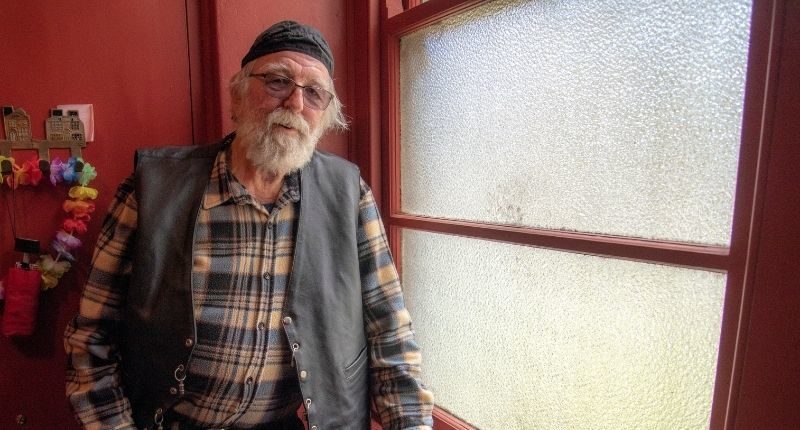
- Close to 40% of tenants in public housing are older Australians
- Despite this systematic issues mean public housing can be detrimental to the quality of life of many older tenants
- A study into 'Ageing well in public housing' has been released by AHURi
Despite making up almost 40% of tenants in public housing, older Australians with lower incomes are falling through the cracks of the system, new research from the Australian Housing and Urban Research Institute (AHURI) finds.
The dwindling housing supply across Australia along with the aging population has placed pressure on the public housing system.
These pressures, among others, are detrimental to lower-income households in particular and deteriorate the ability of residents to age well according to the study.
Australia-wide Housing Supply
The research led by Debbie Faulkner of the University of South Australia suggests that systematic flaws in the public housing sector cause the accommodation to be less suitable for the aging population.
“We found older tenants’ experiences in public housing are variable,” Dr Faulkner said.
“For some tenants, the tenure provides a range of qualities, supports and experiences that they highly value and which promote ageing well.
“For other tenants, particularly people in less well functioning or disruptive communities where antisocial behaviour issues are prevalent, their public housing experience has been detrimental to their quality of life.”
Debbie Faulkner, University of South Australia
The AHURI report calls on authorities to change policy and practice surrounding public housing in light of the increased proportion of older tenants.
Number and proportion of public housing tenants aged 55 or older, Australia, 2006–16

Those in charge of public housing hold a significant authority over the quality of living for older Australians.
As such the report suggested there is a need for better alignment between ageing well policies (active ageing, healthy ageing, age friendly cities and communities) and housing policies.
A person-centred social landlord model is suggested as a way forward for public housing according to Dr Faulkner.
“Indeed, it is concerning that some jurisdictions are moving to an asset management driven model and away from case consideration or a social landlord style model of support and care”, says Dr Faulkner.
“This study confirms the invaluable role tenancy support or practitioner roles play in improving tenancy experiences and sense of agency for older people.”
For public housing authorities, moving towards a social landlord model and working in partnership with other providers can be seen as a better pathway to meet the needs and expectations of older tenants.”








